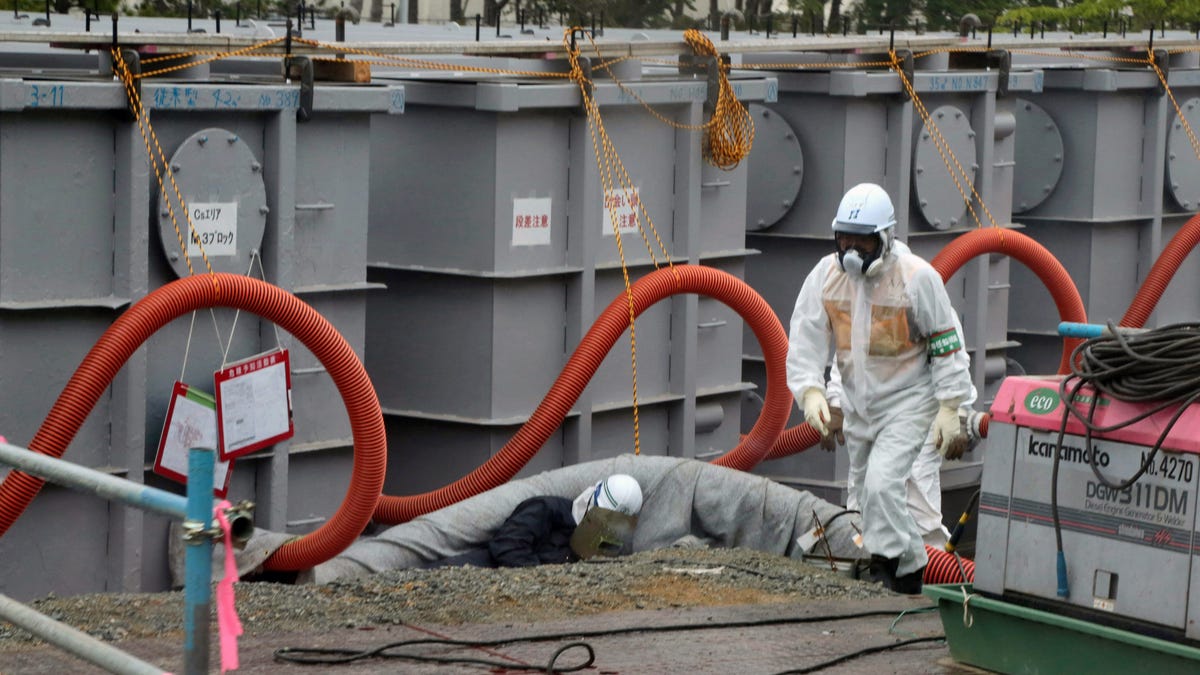Fukushima underground 'ice wall' aims to slow radioactive build-up
The project, which has been given the go-ahead by a regulatory body, is designed to hamper the build-up of radioactive water around the crippled nuclear plant.

Tokyo Electric Power Coworkers work on waste water tanks at Japan's Fukushima Dai-ichi nuclear plant
Japan's nuclear regulator has signed off on plans to construct an underground ice wall around the decommissioned Fukushima nuclear power plant, which is designed to stop the build-up of radioactive water.
The 1.5km frozen wall will be built by pumping a refrigerant liquid through underground pipes, phys.org reports, in an attempt to stop groundwater from the nearby landscape mixing with polluted water that was used to cool the plant's reactors.
The nuclear power plant was hit by a tsunami in 2011, causing a radiation leak that saw 300,000 people evacuated from the area around the facility, and a 20km "exclusion zone" set up to keep citizens away from the harmful radioactive isotopes. Dealing with the radioactive water around the plant is one of the most severe problems facing the clean-up project in the wake of the disaster.
The ice wall, devised by Tokyo Electric Power Co (TEPCO), was proposed last year, the report says, and has only just been approved by Japan's Nuclear Regulation Authority. The regulator was concerned that the ice wall could trigger ground subsidence, the Japan Times reports, but has now accepted that potential sinking wouldn't be severe enough to undermine safety.

